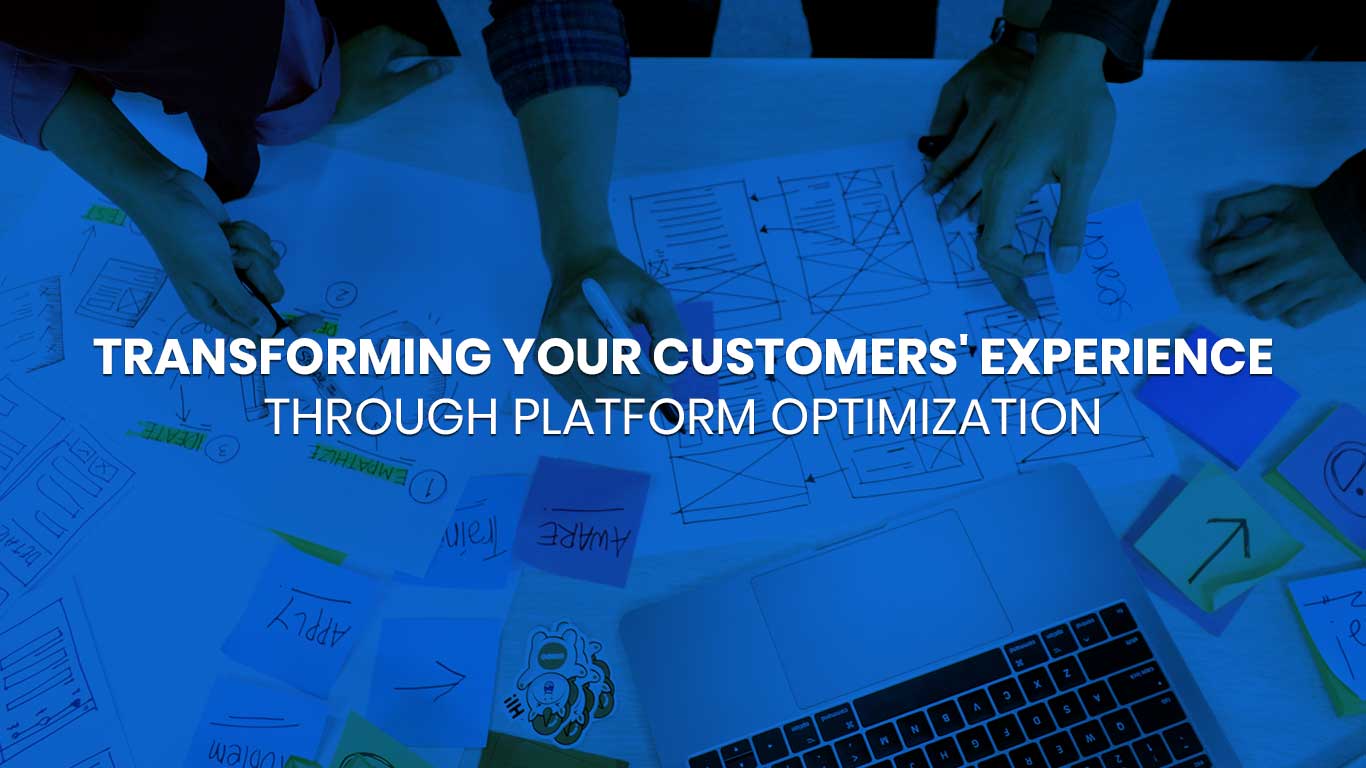In the fast-paced world of e-commerce, customer experience is paramount. From the moment customers land on your site to the final checkout, their journey can make or break their decision to purchase and return. Optimizing your e-commerce platform is essential to enhance this journey, boost satisfaction, and drive business growth. This article delves into effective techniques for improving site performance, integrating third-party applications, creating intuitive UI/UX designs, leveraging data analytics, and implementing headless commerce solutions. Additionally, it covers best practices in mobile optimization and automated testing to ensure a seamless, high-quality user experience.
Enhancing Site Performance
Speed and Reliability
A fast, reliable website is crucial for retaining customers. Slow loading times can frustrate users and lead to higher bounce rates. Implementing strategies such as:
- Content Delivery Networks (CDNs): Distribute content across various servers to reduce load times.
- Image Optimization: Compress images without sacrificing quality to enhance loading speed.
- Caching Mechanisms: Store copies of frequently accessed data to speed up retrieval times.
Scalability
Ensure your platform can handle increased traffic during peak times, such as sales events. Utilizing cloud services allows you to scale resources up or down based on demand.
Integrating Third-Party Applications
Enhancing Functionality
Integrate essential third-party applications to expand your platform’s capabilities. This includes:
- Payment Gateways: Offer multiple payment options to cater to diverse customer preferences.
- Inventory Management Systems: Automate inventory tracking to prevent stockouts and overstock situations.
- Customer Relationship Management (CRM) Systems: Centralize customer data to provide personalized experiences and streamline communication.
Seamless Integration
Ensure these applications integrate seamlessly with your platform to avoid disruptions in the customer journey. APIs (Application Programming Interfaces) are critical for smooth interactions between different software systems.
Creating Intuitive UI/UX Designs
User-Centered Design
Design your platform with the user in mind. An intuitive interface enhances the shopping experience by making navigation straightforward and enjoyable. Key considerations include:
- Simplified Navigation: Use clear, concise menus and labels.
- Consistent Design Elements: Maintain uniformity in fonts, colors, and layouts.
- Responsive Design: Ensure your site is accessible and functional on all devices, from desktops to smartphones.
Accessibility
Make your site accessible to all users, including those with disabilities. Implement features like keyboard navigation, screen reader compatibility, and text alternatives for images.
Leveraging Data Analytics for Personalized Experiences
Understanding Customer Behavior
Utilize data analytics to gain insights into customer behavior. Track metrics such as:
- Browsing Patterns: Understand which products and categories attract the most attention.
- Purchase History: Tailor recommendations based on past purchases.
- Engagement Metrics: Identify which parts of your site generate the most interaction.
Personalization
Use this data to personalize the shopping experience. Personalized product recommendations, targeted marketing campaigns, and customized content can significantly enhance customer satisfaction and loyalty.
Implementing Headless Commerce Solutions
Flexibility and Customization
Headless commerce separates the front end (what customers see) from the back end (where data is processed). This allows for greater flexibility and customization in designing unique customer experiences.
API-Driven Architecture
Leverage APIs to connect various services and tools, enabling a more dynamic and responsive e-commerce platform. This modular approach allows you to adapt quickly to changing market demands and technological advancements.
Best Practices in Mobile Optimization
Mobile-First Design
With an increasing number of shoppers using mobile devices, optimizing your site for mobile is essential. Adopt a mobile-first design approach to ensure a seamless experience across all devices.
Speed and Usability
Ensure your mobile site loads quickly and is easy to navigate. Simplify the checkout process, reduce the number of steps, and use autofill features to enhance usability.
Automated Testing for Quality Assurance
Continuous Testing
Implement automated testing to continuously monitor your platform for issues. Automated tests can identify and fix bugs faster than manual testing, ensuring your site remains functional and user-friendly.
Types of Tests
Utilize various types of automated tests, such as:
- Unit Tests: Check individual components for functionality.
- Integration Tests: Ensure different components work together seamlessly.
- Performance Tests: Measure how well your site performs under different conditions.
Platform-Specific Optimization Techniques
Shopify
Shopify offers a robust platform with various optimization tools. Focus on:
- Apps and Plugins: Utilize Shopify’s extensive app store to enhance functionality.
- Theme Customization: Customize themes to reflect your brand and improve user experience.
- SEO Optimization: Use Shopify’s built-in SEO features to improve search engine rankings.
Magento
Magento is known for its flexibility and scalability. Key optimization strategies include:
- Performance Tuning: Implement caching, indexing, and database optimization techniques.
- Extensions: Leverage Magento extensions to add new features and improve functionality.
- Security: Regularly update Magento to protect against vulnerabilities.
BigCommerce
BigCommerce provides a user-friendly platform with powerful features. Optimize your site by:
- Customizing Themes: Tailor themes to enhance the visual appeal and usability of your site.
- Integrating APIs: Use BigCommerce’s API to connect with other systems and enhance functionality.
- Analyzing Performance: Utilize BigCommerce’s analytics tools to track and improve site performance.
WooCommerce
WooCommerce is a popular choice for WordPress users. Enhance your WooCommerce site by:
- Plugin Management: Choose high-quality plugins to add functionality without compromising performance.
- Speed Optimization: Optimize your WordPress site for speed by using caching plugins and a content delivery network (CDN).
- Security Measures: Implement robust security measures to protect your site and customer data.
Salesforce Commerce Cloud
Salesforce Commerce Cloud is ideal for businesses looking for scalability and integration capabilities. Optimize your platform by:
- Personalization: Use Salesforce’s AI-driven tools to deliver personalized shopping experiences.
- Integration: Seamlessly integrate with other Salesforce products to enhance functionality and streamline operations.
- Analytics: Leverage Salesforce’s analytics capabilities to gain insights and make data-driven decisions.
Conclusion
Optimizing your e-commerce platform is crucial for enhancing the customer experience and driving business growth. By focusing on site performance, integrating essential applications, creating intuitive UI/UX designs, leveraging data analytics, and implementing headless commerce solutions, you can transform customer interactions and boost satisfaction. Additionally, following best practices in mobile optimization and automated testing ensures a seamless, high-quality user experience. Whether you’re using Shopify, Magento, BigCommerce, WooCommerce, or Salesforce Commerce Cloud, these strategies will help you stay competitive in the dynamic landscape of modern commerce.



